
- Semiconductor Technology Now
Visiting Laboratories
TM: Was there anything you found surprising on joining the Inami Hiyama Laboratory?
Shinya Serizawa: The fact that the lab has a living space is still very striking. Sometimes you see a researcher taking a nap, and members of some other labs often lounge here. It’s literally a place where you live in. That must be what Professor Inami originally intended when he created this space. It’s become a very special place for all of us.
Also, a seminar-cum-party is held once a month. While we normally only meet with students in the same field and the same age group as ourselves, the seminar-party attracts people of different generations in different fields of interest. I think we have more opportunities to associate with businesspeople and alumni than most other labs.
TM: What have you learned from Professor Inami’s research and work activities?
Shinya Serizawa: I don’t have many opportunities to actually see him at work because he is constantly on the move, but I’m always amazed at his expertise in integrating many separate researches into a coherent narrative, like connecting the dots into a picture. I have a great deal to learn from how he builds a world view and extends the vision by theorizing.
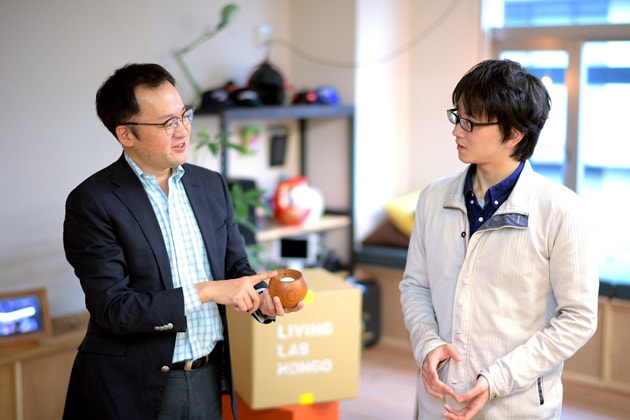 |
TM: I imagine it’s not at all easy to integrate different studies that have evolved and matured separately.
Shinya Serizawa: I had been too preoccupied with my undergraduate studies, but having seen Professor Inami’s grand approach to build a world view and associated visions, I have come to realize what kind of abilities I still need to develop. I know I cannot easily acquire the kind of abilities that Professor Inami has, but I hope to learn by osmosis.
TM: What sort of research do you plan to pursue in the future?
Shinya Serizawa: I hope to do research into establishing the metrics of human mind and behavior so we can control or guide human actions.
TM: In many fields of applied research, it seems integration is becoming more important than division in considering the roles of humans and machines. That makes your line of research quite important and meaningful.
Shinya Serizawa: Our lab is pursuing research under the banner of “man-machine integration.” It comes from jimba ittai (man and horse acting as one), a Japanese phrase for describing superior horsemanship. I hope my research will help enhance the synergy between humans and machines so that a new kind of humans, or what we call superhumans, can be created.
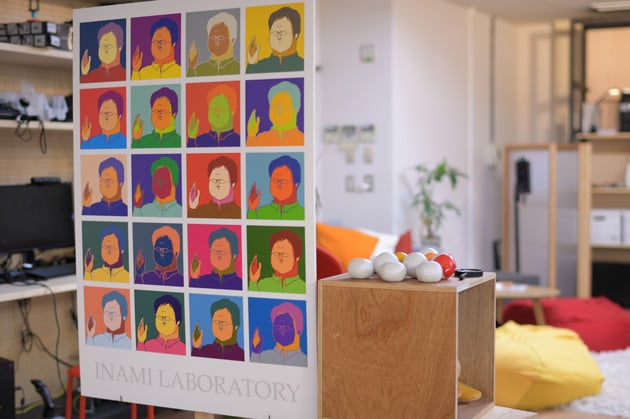 |
-
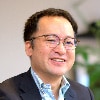
Part. 1
Professor
Masahiko Inami
-
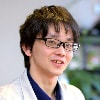
Part. 2
Shinya Serizawa
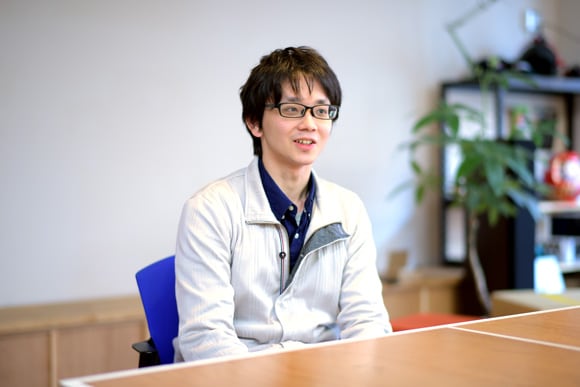 |
Profile
Shinya Serizawa
Master’s student at the Graduate School of Information Science and Technology, the University of Tokyo
Born in 1995 in Nagano Prefecture, Serizawa entered the University of Tokyo in 2013. Upon graduation in 2017, he was enrolled in the university’s master’s program at the Graduate School of Information Science and Technology, where he remains to date. His principal research area is information somatics, and his research themes include extension of cognitive abilities.
Inami Hiyama Laboratory: https://star.rcast.u-tokyo.ac.jp/
Writer
Motoaki Ito
CEO, Enlight, Inc.
Motoaki Ito started his career as an engineer at Fujitsu, and engaged in semiconductor development for three years. After serving 12 years as a reporter, editor, and editor-in-chief for various publications including Nikkei Microdevices, Nikkei Electronics, and Nikkei BP Semiconductor Research, he spent six years as a consultant at TechnoAssociates, Inc., a joint think tank between Nikkei BP and Mitsubishi Corporation, supporting the clients’ manufacturing operations. Ito then worked for Nikkei Business Publications (Nikkei BP) for four years as an advertising producer of its technology information group, with a main focus on marketing support.
Ito founded Enlight, Inc. in 2014. The company leverages its expertise in communicating the value of specific technologies to the target audience, and offers marketing support mainly to technology companies.



















